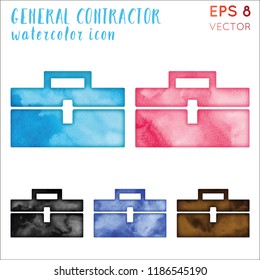The Art Of Color Option: A Practical Overview To Commercial Exterior Painting
The Art Of Color Option: A Practical Overview To Commercial Exterior Painting
Blog Article
Content Author-Williford Ismail
When it involves commercial outside paint, the shades you select can make or damage your brand's appeal. Comprehending exactly how various colors influence assumption is key to attracting customers and constructing trust. Yet it's not nearly individual preference; regional trends and regulations play a significant function as well. So, just how do you locate the best balance between your vision and what reverberates with the area? Allow's explore the crucial elements that guide your shade choices.
Comprehending Color Psychology and Its Influence On Business
When you pick shades for your organization's outside, comprehending color psychology can substantially influence just how prospective customers perceive your brand.
Colors evoke feelings and established the tone for your service. For instance, blue usually shares count on and expertise, making it excellent for banks. Red can develop a sense of seriousness, perfect for restaurants and inventory-clearance sale.
Meanwhile, environment-friendly signifies development and sustainability, appealing to eco-conscious customers. https://interior-home-painters-ne45466.vblogetin.com/40160957/preparing-for-a-successful-painting-venture-depends-on-one-key-element-that-is-commonly-overlooked-yet-it-can-greatly-influence-the-result and triggers optimism, yet way too much can bewilder.
Consider your target market and the message you intend to send out. By picking the appropriate colors, you not only boost your aesthetic appeal yet additionally straighten your picture with your brand name worths, eventually driving client engagement and loyalty.
Studying Resident Trends and Rules
How can you guarantee your external paint options reverberate with the neighborhood? Start by investigating local fads. Visit neighboring businesses and observe their color design.
Take note of what's preferred and what feels out of area. This'll assist you straighten your selections with area appearances.
Next off, examine regional policies. Many towns have standards on exterior shades, particularly in historic districts. You don't wish to hang out and money on a combination that isn't certified.
Involve with regional local business owner or area teams to collect understandings. click here to investigate can offer beneficial comments on what shades are popular.
Tips for Integrating With the Surrounding Environment
To develop a natural appearance that blends flawlessly with your environments, think about the native environment and architectural styles close by. Begin by observing the shades of neighboring buildings and landscapes. Natural tones like environment-friendlies, browns, and low-key grays frequently function well in natural setups.
If your building is near vibrant urban areas, you might pick bolder shades that reflect the neighborhood energy.
Next, consider the architectural style of your structure. Conventional styles may take advantage of traditional colors, while modern designs can embrace contemporary combinations.
Test your shade choices with samples on the wall to see just how they interact with the light and environment.
Finally, remember any kind of regional guidelines or community visual appeals to guarantee your choice improves, rather than clashes with, the surroundings.
Conclusion
To conclude, picking the right shades for your business exterior isn't just about looks; it's a critical choice that affects your brand's perception. By tapping into shade psychology, taking into consideration local fads, and making certain consistency with your surroundings, you'll produce an inviting environment that attracts customers. Do not fail to remember to test samples prior to devoting! With the ideal technique, you can elevate your business's visual charm and foster lasting client interaction and loyalty.
